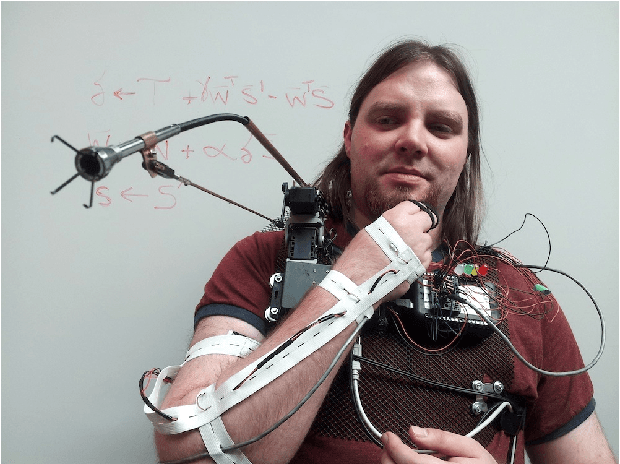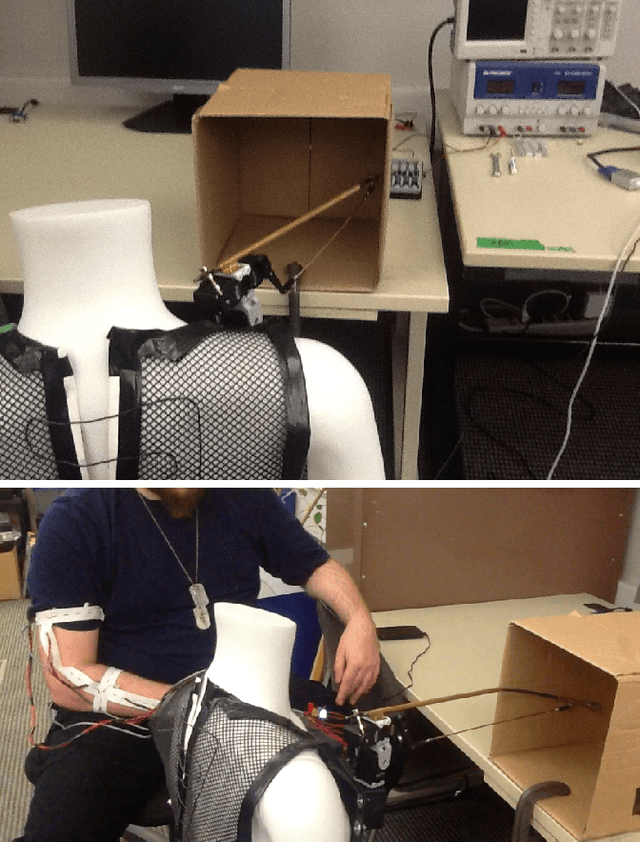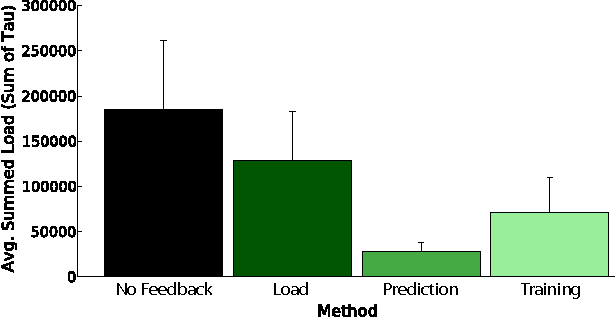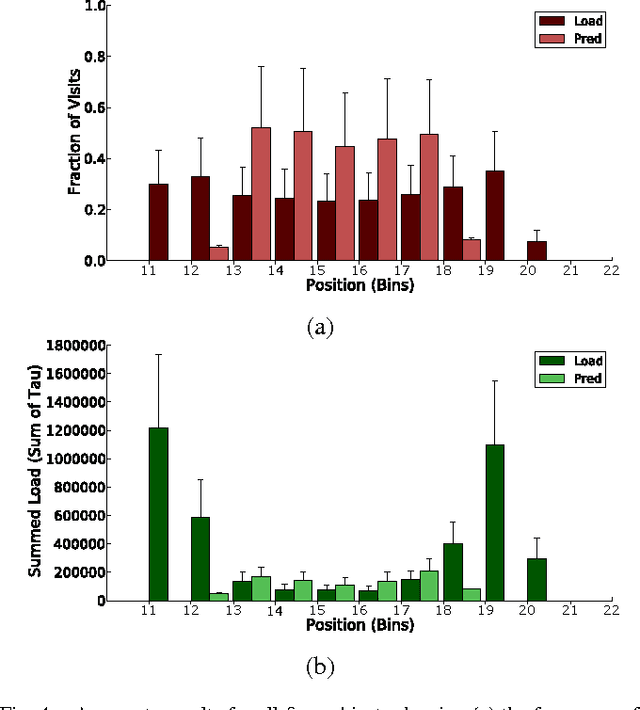Using Learned Predictions as Feedback to Improve Control and Communication with an Artificial Limb: Preliminary Findings
Paper and Code
Aug 08, 2014



Many people suffer from the loss of a limb. Learning to get by without an arm or hand can be very challenging, and existing prostheses do not yet fulfil the needs of individuals with amputations. One promising solution is to provide greater communication between a prosthesis and its user. Towards this end, we present a simple machine learning interface to supplement the control of a robotic limb with feedback to the user about what the limb will be experiencing in the near future. A real-time prediction learner was implemented to predict impact-related electrical load experienced by a robot limb; the learning system's predictions were then communicated to the device's user to aid in their interactions with a workspace. We tested this system with five able-bodied subjects. Each subject manipulated the robot arm while receiving different forms of vibrotactile feedback regarding the arm's contact with its workspace. Our trials showed that communicable predictions could be learned quickly during human control of the robot arm. Using these predictions as a basis for feedback led to a statistically significant improvement in task performance when compared to purely reactive feedback from the device. Our study therefore contributes initial evidence that prediction learning and machine intelligence can benefit not just control, but also feedback from an artificial limb. We expect that a greater level of acceptance and ownership can be achieved if the prosthesis itself takes an active role in transmitting learned knowledge about its state and its situation of use.
 Add to Chrome
Add to Chrome Add to Firefox
Add to Firefox Add to Edge
Add to Edge